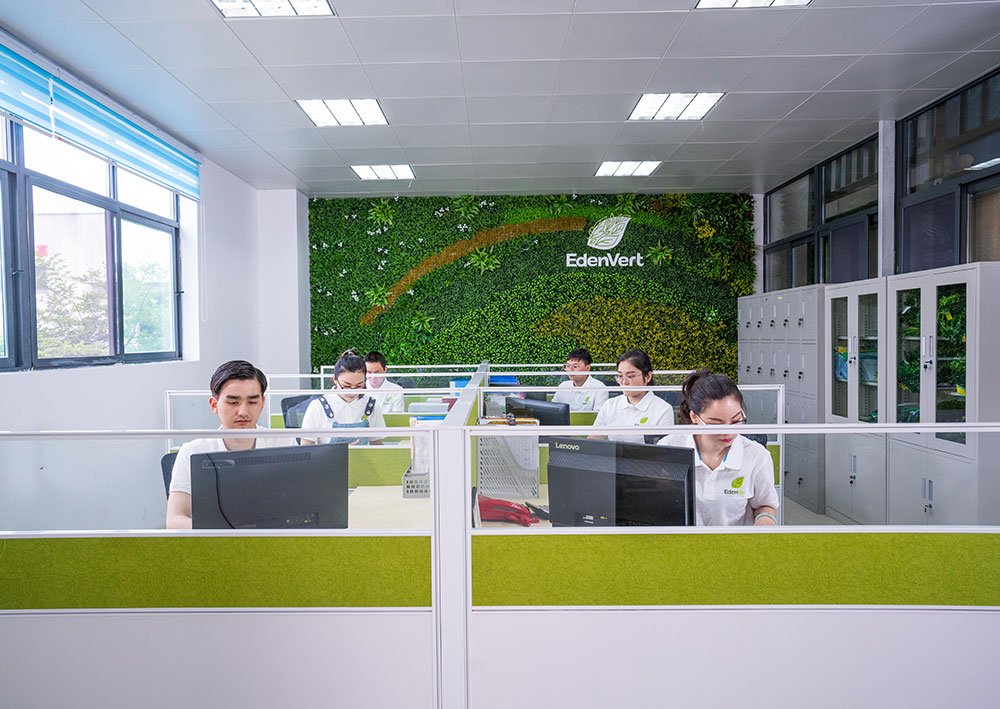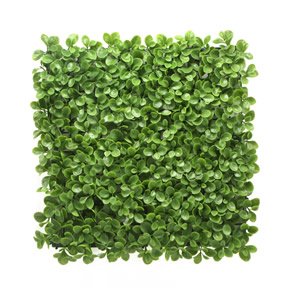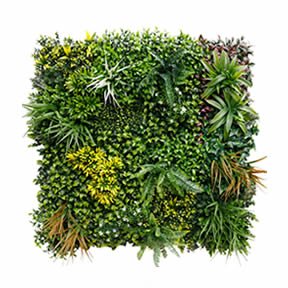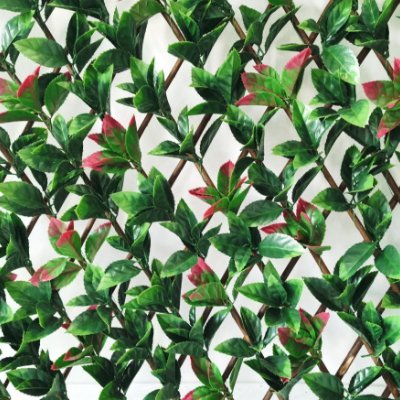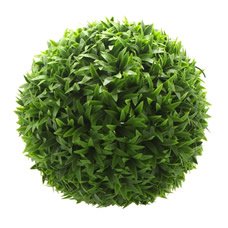11 Most Common Mistakes When Decorating With Artificial Plants
 2024 09 29
2024 09 29Are fake plants out of style? The answer is “absolutely not” – especially when crafted with quality! There’s a thin line between taste and tackiness. When decorating with artificial plants, it’s important to be mindful of these common mistakes and take note of some tips to improve artificial plant gardening techniques.
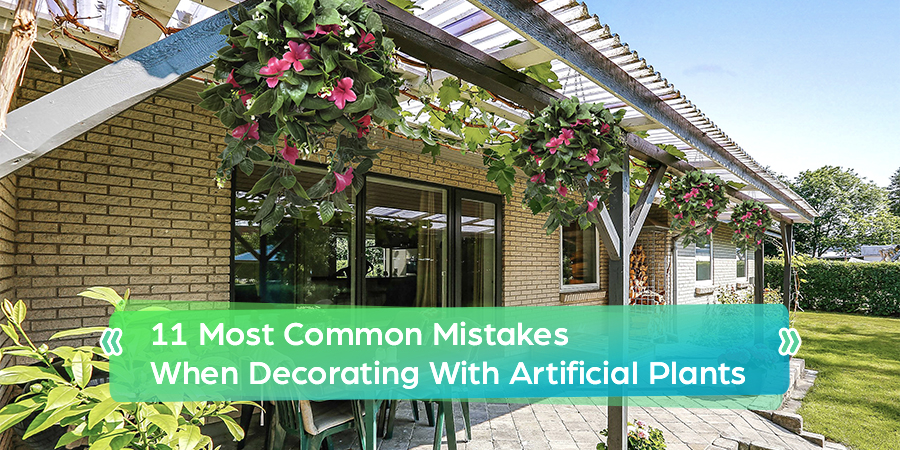
- Mistake #1: Using Low-Quality Artificial Plants in Decor
- Mistake #2: Overusing Fake Plants
- Mistake #3: Neglecting Decor Harmony
- Mistake #4: Disregarding Scale and Proportion
- Mistake #5: Neglecting to Clean Faux Plants
- Mistake #6: Hiding Them in Dark Corners
- Mistake #7: Arranging Plants in Perfect Symmetry
- Mistake #8: Overcrowding Your Space with Faux Greenery
- Mistake #9: Neglecting Natural Complementary Elements
- Mistake #10: Using Indoor Artificial Plants for Outdoors Decor
- Mistake #11: Skipping the Repotting Process for Artificial Plants
- Final Thoughts
Mistake #1: Using Low-Quality Artificial Plants in Decor
We once optimistically believed that the era of easily distinguishing natural plants from artificial ones at a glance had become a thing of the past. However, unfortunately, such scenes have not completely vanished, even though they have become increasingly rare.
The goal of using artificial plants is to create the illusion of realism, not to broadcast their artificiality. Quality is key.
Opting for the cheapest style might seem price appealing, but this often leads to tacky, shiny plastic that fails to deceive. While low-quality faux plants may save money initially, they undermine the aesthetic in the long run. To avoid this pitfall, research high-quality artificial plants. Ordering samples can help make an informed decision.
Here’s what to look for in a quality fake plant:
- Realistic Trunks or Stems: Ensure they mimic the texture and color of real wood.
- Imperfect Leaves: Look for unsymmetrical leaves that enhance a natural appearance.
- Filler in the Pot: Use decorative rocks, faux dirt, or a coverable base for added realism.
(Bonus Tip: If some plants appear less convincing, place them on higher shelves or out of direct sight to minimize scrutiny.)
Mistake #2: Overusing Fake Plants
How many fake plants are too many? If every plant in your home is fake, it’s likely too much. A space filled solely with artificial greenery can be easily recognized.
To avoid this, mix both artificial and natural plants. This combination can break up the decor, making it more challenging for discerning eyes to identify the artificial pieces. Blending real and faux foliage creates a more natural look, enhancing the overall aesthetic when decorating with artificial plants.
Conversely, an overabundance of fake plants can lead to an overwhelming decor style. Striking a balance ensures that visitors feel comfortable and welcome.
Mistake #3: Neglecting Decor Harmony
Before decorating with artificial plants, consider the theme and color palette of your room. Determine the aesthetic you want to achieve, then select decor elements that align with that vision.
For a casual atmosphere, consider incorporating artificial hanging plants with trailing vines. For a more sophisticated look, faux topiary balls can add elegance and symmetry. Begin with the existing decor and build upon it to create a cohesive environment.
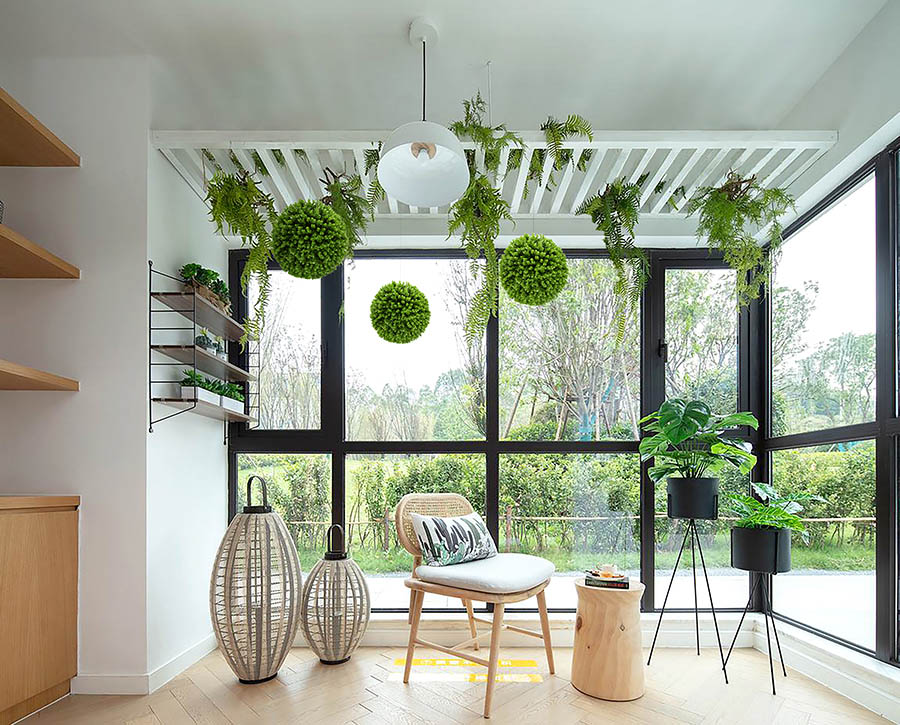
Mistake #4: Disregarding Scale and Proportion
Choosing the wrong size plant can disrupt the balance of a room. A tiny plant on a large table or an oversized tree in a small corner can feel out of place. Always consider scale and proportion when decorating. For instance, slim olive trees suit narrow spaces, while potted trees make a bold statement in larger areas.
Mistake #5: Neglecting to Clean Faux Plants
Like all home decor, artificial greenery collects dust, which can dull its appearance and make it seem cheap.
To keep faux foliage looking vibrant, establish a regular cleaning schedule based on how quickly dust accumulates. Whether it’s weekly, biweekly, or monthly, maintaining cleanliness will prevent buildup. A microfiber cloth and a shower head can effectively clean even the most intricate artificial green walls, ensuring they remain spotless.
Mistake #6: Hiding Them in Dark Corners
While artificial plants can brighten up dim spaces, placing them in overly dark areas can highlight their artificiality. Although they don’t require sunlight, such placements can reveal their faux nature.
A good practice when decorating with artificial plants is to position them where natural ones would thrive. Even in low-light conditions, faux plants offer flexibility without wilting. However, placing them in spots with some sunlight enhances their realistic appearance.
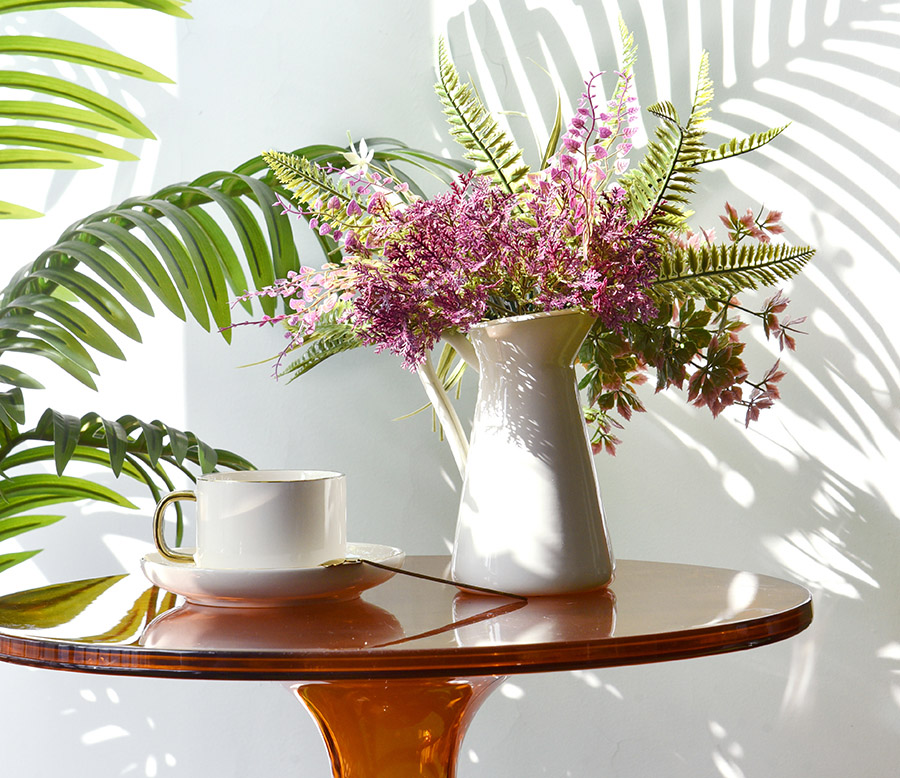
Mistake #7: Arranging Plants in Perfect Symmetry
Natural plants grow in varied shapes and directions, so arranging faux plants in perfectly symmetrical patterns can make them appear artificial.
To create a more organic look, avoid rigid placements. Emulate the random growth patterns of real plants by experimenting with angles, staggering heights, and mixing different types of foliage. This approach adds depth and authenticity to your decor.
Mistake #8: Overcrowding Your Space with Faux Greenery
While it’s tempting to fill your home with an abundance of greenery, overcrowding can result in a cluttered, unnatural appearance. Instead, focus on strategically placing a few key plants throughout your space. Vary the sizes and types of plants to create visual interest without overwhelming the room. A well-placed statement piece can draw attention and serve as a focal point, allowing the beauty of each plant to shine through without causing chaos.
Mistake #9: Neglecting Natural Complementary Elements
Artificial plants can sometimes seem static or lifeless without the right context. When decorating with artificial plants, it’s essential to elevate their realism by pairing them with natural materials like wood, stone, or woven textures. For example, placing artificial ferns in a rustic wooden planter or surrounding a faux tree with natural stones can enhance authenticity. This combination creates a more organic atmosphere, allowing the artificial greenery to harmonize beautifully with its surroundings.
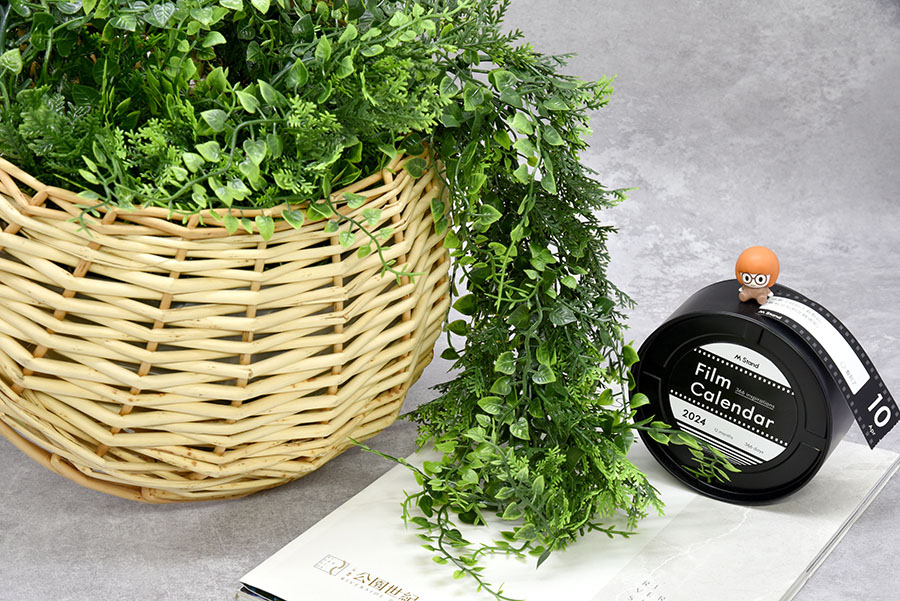
Mistake #10: Using Indoor Artificial Plants for Outdoors Decor
Many artificial plants are suitable for outdoor use, but not all can withstand the elements. Exposing indoor faux plants to sun, rain, or extreme temperatures may lead to fading, warping, or other damage. When decorating an outdoor area, opt for faux plants specifically designed for outdoor conditions, such as EdenVert’s UV-resistant products. This ensures longevity and maintains the vibrant look of artificial greenery, even in harsh environments.
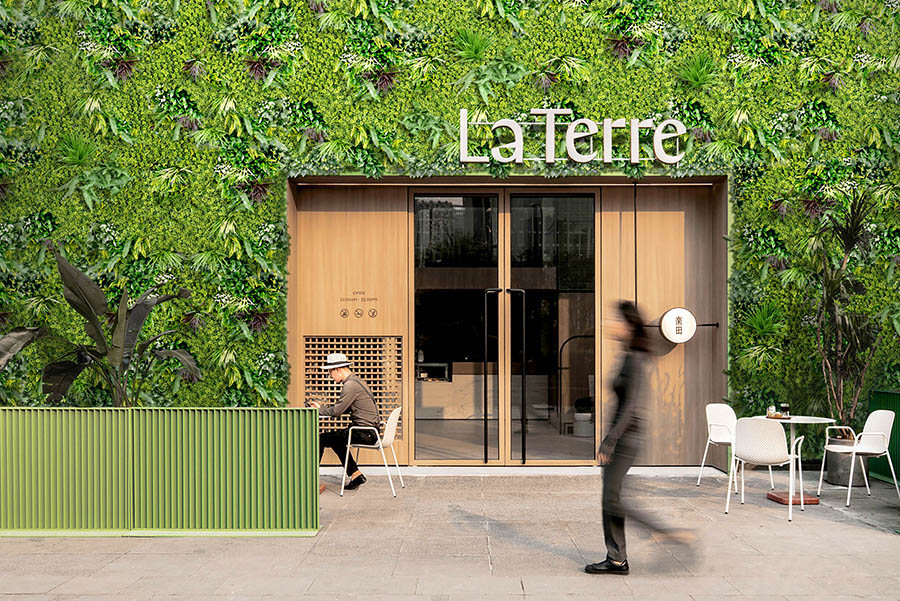
Mistake #11: Skipping the Repotting Process for Artificial Plants
Just as live plants benefit from repotting, fake plants can also be enhanced through similar techniques. Personalizing fake plants can significantly elevate their appearance. Start by selecting decorative planters that coordinate and fit your home’s aesthetic. For a striking effect, consider using a planter on a tall stand to transform your plant from a background feature to a captivating focal point.
Next, consider adding decorative fillers like stones or moss for added texture. To mimic the look of a live plant, incorporate some real dirt on top of the faux plant’s pot. This subtle touch can create an authentic visual effect. Finally, gently bend a few stems to break their perfect symmetry. This small adjustment helps the plant appear less artificial, lending it a more natural vibe.
Final Thoughts
Now that you know the most common mistakes in decorating with artificial plants, you have the necessary tools for success.
By addressing these common mistakes, the integration of artificial plants into a space can achieve a sophisticated and authentic aesthetic, blending seamlessly with both decor and the environment. When decorating with artificial plants, thoughtful placement and attention to detail can transform any space into a lush oasis, maximizing the benefits of faux greenery.
